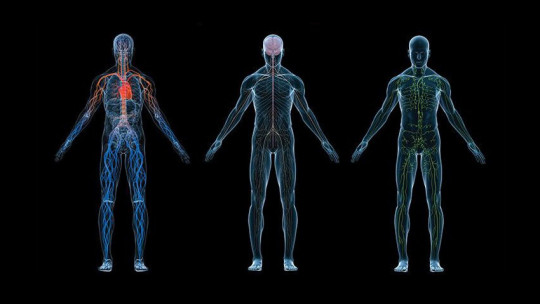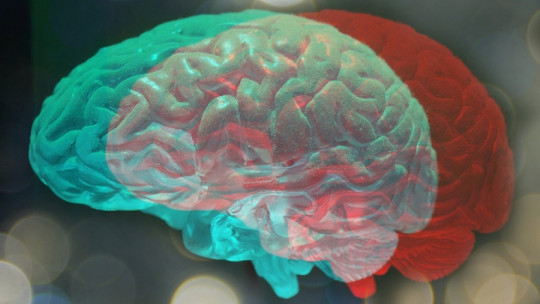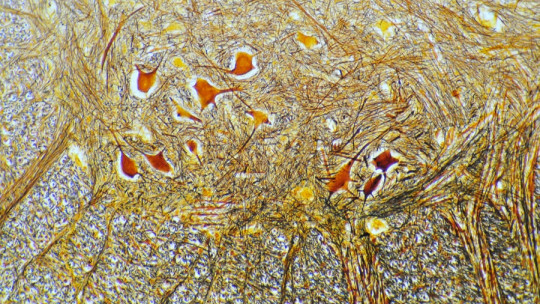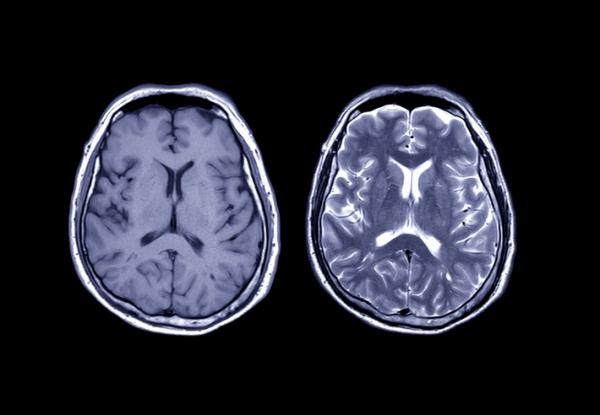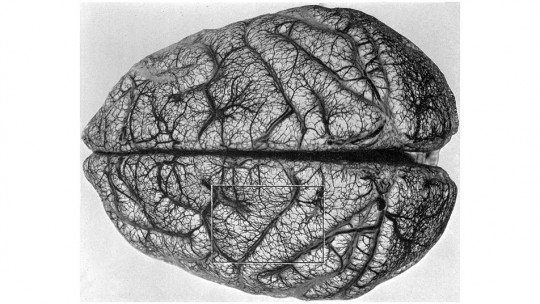
Neuroethology is a science that is responsible for studying animal behavior from the point of view of the nervous system. To do this, it uses two scientific disciplines: neurobiology, which studies the organization and structure of nerve cells and their relationship with behavior; and ethology, the branch of science that studies the behavior of animals in their natural habitat.
In this article we explain What is neuroethology, what are its origins, as well as its most relevant scientists? and the main contributions to this discipline.
What is neuroethology and what does it study?
Neuroethology is a scientific discipline that studies, from an evolutionary and comparative approach, the neurophysiological mechanisms involved in animal behavior This relatively new neuroscience focuses on applying strategies that allow us to unravel which structures and functions of the nervous system are involved in the display of typical behaviors of different animal species.
As its name indicates, this discipline brings together the knowledge of neurobiology, which studies the functioning and organization of the cells of the nervous system that mediate behavior; and ethology, the branch of science that deals with investigating how and why animals act as they do
The German neuroscientist Jörg-Peter Ewert, one of the pioneers in neuroethological research, considers that this science aims to try to answer relevant questions, such as what physiological mechanisms explain behavior; how this behavior develops in the animal; how a certain behavior favors the adaptation of a specimen and its offspring, or what is the phylogenetic history of a certain behavior.
Specialists in neuroethology They use animals with unique abilities in their scientific studies that can serve as a comparative model when studying the properties of its nervous system and how it has been able to adapt throughout ontogenetic development (and at a phylogenetic level, throughout its species) to be able to display certain behaviors that adjust to specific contexts.
Background: ethology and Tinbergen’s 4 questions
As we have mentioned previously, neuroethology draws on ethology, which is responsible for studying animal behavior. One of the greatest contributions to this discipline was made during the first half of the last century by the Dutch zoologist, Nikolaas Tinbergen, considered one of its greatest exponents.
Tinbergen understood animal behavior as stereotyped motor patterns which are controlled both by internal physiological mechanisms and by certain external stimuli. According to him, each animal would be endowed with a strictly limited and highly complex behavioral machinery, which is constant throughout a species or population.
The key for Tinbergen, and for ethologists in general, was to answer the question of why animals behave the way they do and, in turn, try to understand the following keys related to said question:
What is the control mechanism underlying animal behavior?
The answer to this question would imply take into account internal (hormonal or neural) and external factors (tactile or visual stimuli, for example).
How is this behavior achieved in the ontogenetic development of the animal specimen?
This answer would mean investigating the history of the animal, determining the possible genetic and environmental influences that have favored said development
What is the adaptive or survival value of a certain behavior?
In this answer, aspects such as the evolutionary meaning or the selective advantage of certain animal behaviors should be taken into consideration.
How has this behavior evolved over the course of the history of the animal species?
In this case, the answer would be account for the evolutionary history of the behavior in question analyzing the evolutionary factors necessary for the appearance of behavior in the species.
Contributions of neurobiology
Neurobiology, which studies the biological mechanisms through which the nervous system regulates behavior, is another of the scientific disciplines from which neuroethology draws. This science owes its origin, mainly, to a series of technical and theoretical advances in research on the nervous system, which also occurred in the mid-20th century.
In this sense, there were several milestones that marked the rise of neurobiology: the appearance of Ramón y Cajal’s neuron doctrine, the presentation of Hodgkin and Huxley’s action potential model, as well as the development of histological techniques, stimulation, recording and tracing of neural connections.
These advances made it possible for Tinbergen to call in the 1970s for a synthesis between ethology and neurobiology to give way to neuroethology, although at first it was not easy since there were great difficulties in obtaining adequate methods to relate the activities of individual neurons or neural tissues with the behavior of the animal in its natural habitat.
Finally, There were several scientists who promoted the development of neuroethology ; For example, Erich von Holst, with his focal brain stimulation technique, managed to demonstrate through several experiments with animals that the stimulation of certain areas of the brain of chickens could provoke patterns of aggressive behavior; or Karl Von Frisch, Hansjochem Autrum and Ted Bullock, who were pioneers in research on the neurophysiological aspects underlying the specific behavior of bees, arthropods and fish.
The investigations of Jorg-Peter-Ewert
As we mentioned at the beginning, Jorg-Peter-Ewert is one of the scientists who has done the most research in the field of neuroethology. One of the most relevant studies was carried out with amphibians, specifically with specimens of the common toad, with the aim of investigate the neural mechanisms involved in the selective response capacity of these animals
The German scientist studied two types of visually controlled behaviors: those of orientation or capture of prey and those of avoidance or escape. To elicit capture responses he used visual stimuli such as long, thin, dark bars (pretending to be worms), which provoked a rapid reaction in the toad as they moved across its retinas.
At the moment when two side bars were added to the stimulus (in the shape of an “ele”), the toad’s attack response tended to be inhibited (the “worm” became a “non-worm”). The animal’s retinal ganglion cells responded to objects with the appropriate speed and shape but were unable to discriminate between the worm and non-worm stimuli.
In the study, it was found that stimulating a structure called the optic tectum generated the behavioral pattern associated with the toad’s attack response; and on the other hand, through electrical stimulation of certain parts of the thalamus, defensive escape and flight responses are provoked.
This research is just one example of what was once a pioneering study that contributed great knowledge to neuroethology. Currently, animal behavior and its neuronal correlates continue to be investigated in numerous animal species: from aggressive behavior in birds, predatory behavior in lizards or social behavior in primates.

